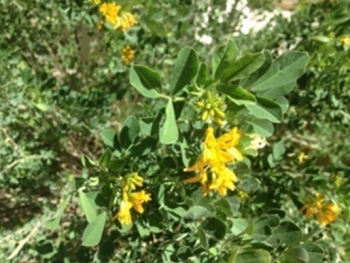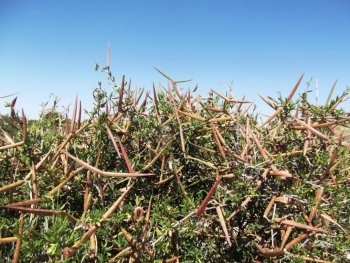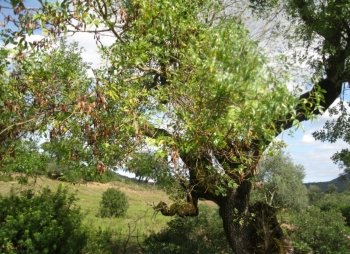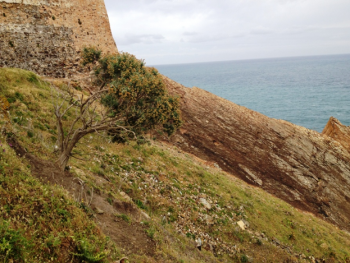Conservation and multiplication of Medicago arborea L.
Medicago arborea, a naturalized species, was selected for its pastoral and high ecological interest: it is a nitrogen fixer and cold, drought, and salt-tolerant plant species (Sibole et al. 2003). It tolerates frost conditions and low temperatures as well as drought conditions and high temperatures. It’s an important species regarding its symbiosis with nitrogen fixation bacteria. The species had always demonstrated its importance as a forage species and its quality in feeding the animal. The main objective of this work is to master the techniques for multiplying and conserving...




